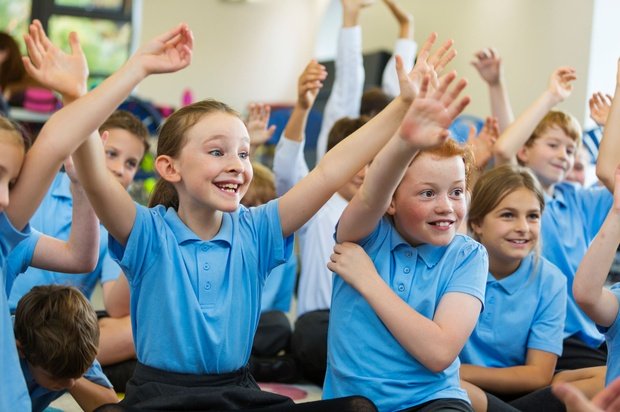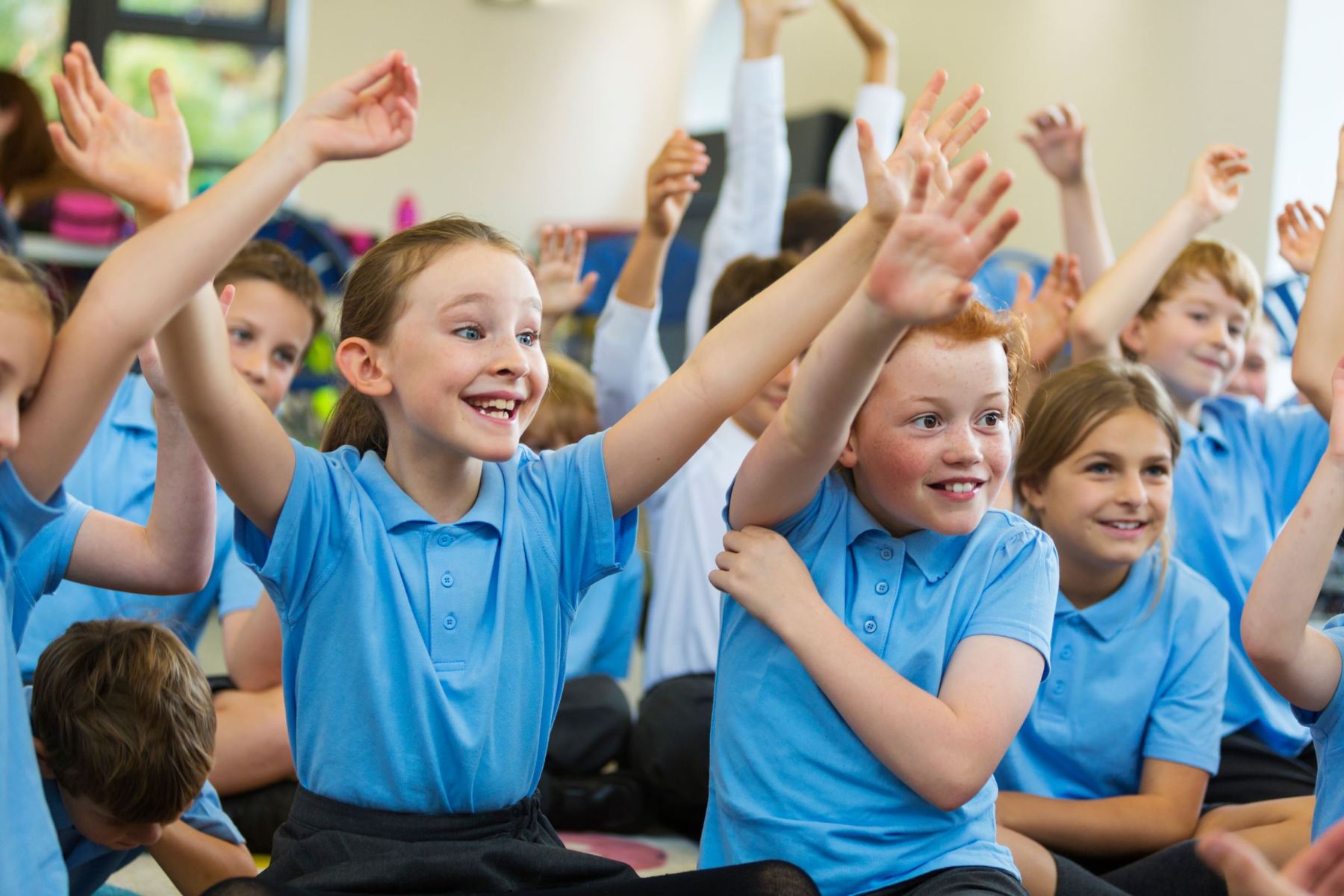In a lengthy thread posted on X, Dr Carl Hendrick, Professor of Education at Academica University of Applied Sciences in Amsterdam, has outlined the blighted history of open-plan classrooms and the deep-rooted ideas that led to their widespread popularity which took hold back in the 1960s.
“At the heart of this movement was the idea that physical passivity means cognitive passivity and in order for learning to be active that there needs to be some kind of physical movement,” he explained.
“To achieve this meant to do away with more formal learning approaches to a much more informal approach and this meant reworking the spaces in which learning happens.”
Hendrick noted that around the same time, the now debunked ‘learning styles’ myth took hold, asserting that learning was “highly idiosyncratic and personal to each person”.
Thus, for ‘kinesthetic learners’, formal classrooms were seen to be ineffective, he noted.
“These claims were subsequently found to be without any real evidence,” he wrote.
How effective are open-plan classrooms or '21st Century learning spaces'? Is a noisy classroom a 'thinking classroom'? A short thread on why they're a really bad idea 🧵 pic.twitter.com/VEOIIutxka
— Carl Hendrick (@C_Hendrick) July 23, 2024
A growing body of research has flagged the negative impact of open-plan classrooms, with studies finding poor acoustics, intrusive background noise and the visual distractions common in these spaces slow children’s learning progress and even hinder teachers’ wellbeing.
One 2023 study from the University of Melbourne found that the cavernous classrooms present a significant barrier to children’s reading progression.
“Sixty-five per cent of the kids developed their literacy at a faster rate when they were in an enclosed classroom, so the results were really quite striking and surprising,” lead researcher and audiologist Professor Gary Rance told EducationHQ upon the release of the findings.
Notably, it was children with the poorest speech perception in noise and/or the weakest attention skills that were impacted the most in open-plan spaces, the research found.
And as Anika Stobart, senior associate at Grattan Institute has argued, “open-plan learning spaces are also hard to square with internationally recognised, evidence-based strategies for high-impact teaching”.
In 2011, the New Zealand Government launched a 10-year infrastructure project to turn ageing, traditional, single-cell classrooms into innovative learning environments(ILEs).
These spaces are often characterised by impressive architecture and flexible seating arrangements, including couches and bean bags, and walls which can be removed or opened up to allow multiple classes to collaborate in one large area.
For the past eight years, Madelaine Armstrong-Willcocks, head of programmes at New Zealand Centre for Gifted Education, has heard stories of struggle in these environments, from the gifted and often neurodiverse students and their parents she works with.
Students can be impacted on a number of levels including aural, visual and social, she said.
“There’s usually 20 or 30 or 40 people speaking all at once.
“And even when those conversations are at a low volume, it still prevents kids from focusing on the one thing that they’re trying to get done at that point in time.”
Last year, NSW announced it was ceasing construction of outdated open-plan classrooms, prompting calls for Victoria to follow this lead and conduct a state-wide audit of school buildings and funding to remediate existing open-plan learning spaces.
However, Hendrick warned that constructivist-based thinking that pushes for less formal classroom layouts has once again taken root in education.
He points towards the popular ‘Building Thinking Classrooms’ method of maths instruction, designed by Dr Peter Liljedahl, Professor of Mathematics Education at Simon Fraser University in Canada.
Promising to “create an ideal setting for deep mathematics learning to occur”, his approach draws on 14 practices that are designed to foster deep thinking in maths and help students go beyond “rote memorisation and repetitive calculations”.
Central to the method is the idea that “rectillier and fronted classrooms promote passive learning”, but a “defronted” classroom – where students “sit facing every which way” is the “single most effective way to organise the furniture in the room to “induce student thinking”.
Hendrick also flags that in 2017, the NSW Government opted to invest billions in building “new flexible learning communities (learning plazas)”.
“These involved using movable walls to create larger classrooms and abandoning the traditional arrangement of front-facing tables (the bus layout) in favour of a more group-oriented environment,” he noted.
Terms such as ‘collaborative learning’ and ‘21st Century skills’ are ascribed to such spaces, the expert says, with educationalists such as Stephen Heppell advocating for ‘agile spaces’ where children can use their own device at ‘Skype bars’ among tiered seating and writable walls.
However, Hendrick said the evidence base for these spaces is “very thin”.
“Serious questions are now being raised about the wisdom of such investment into environments which appear to be without sufficient evidence to support them.”
It’s not only academic performance that suffers in open-plan spaces – people’s wellbeing and mental health are also at risk, he warns.
“…it’s not just students who are disadvantaged by open-plan noisy environments, teachers health and wellbeing is also adversely affected with some reporting headaches and fatigue,” he wrote.
The expert concluded that the ‘21st Century’ open-plan learning push has “proven to be an eye-wateringly expensive grand experiment, foisted upon teachers and students without any real evidence base”.
Architectural fads should not drive educational spending, which ought to be informed on a “convergence of evidence on its efficacy across a range of outcomes”, he argued.















